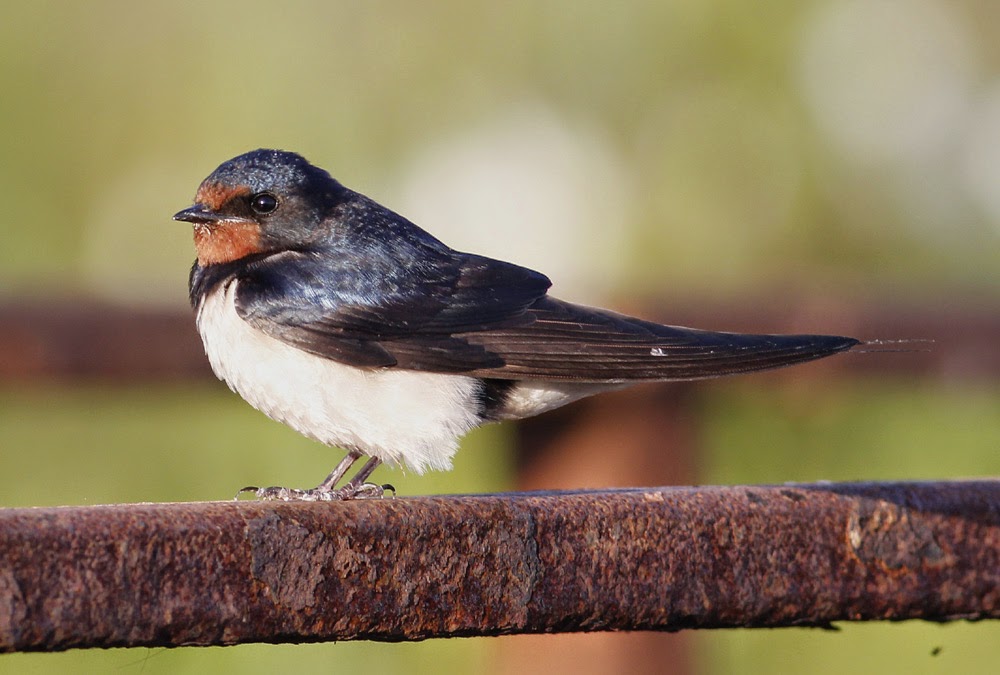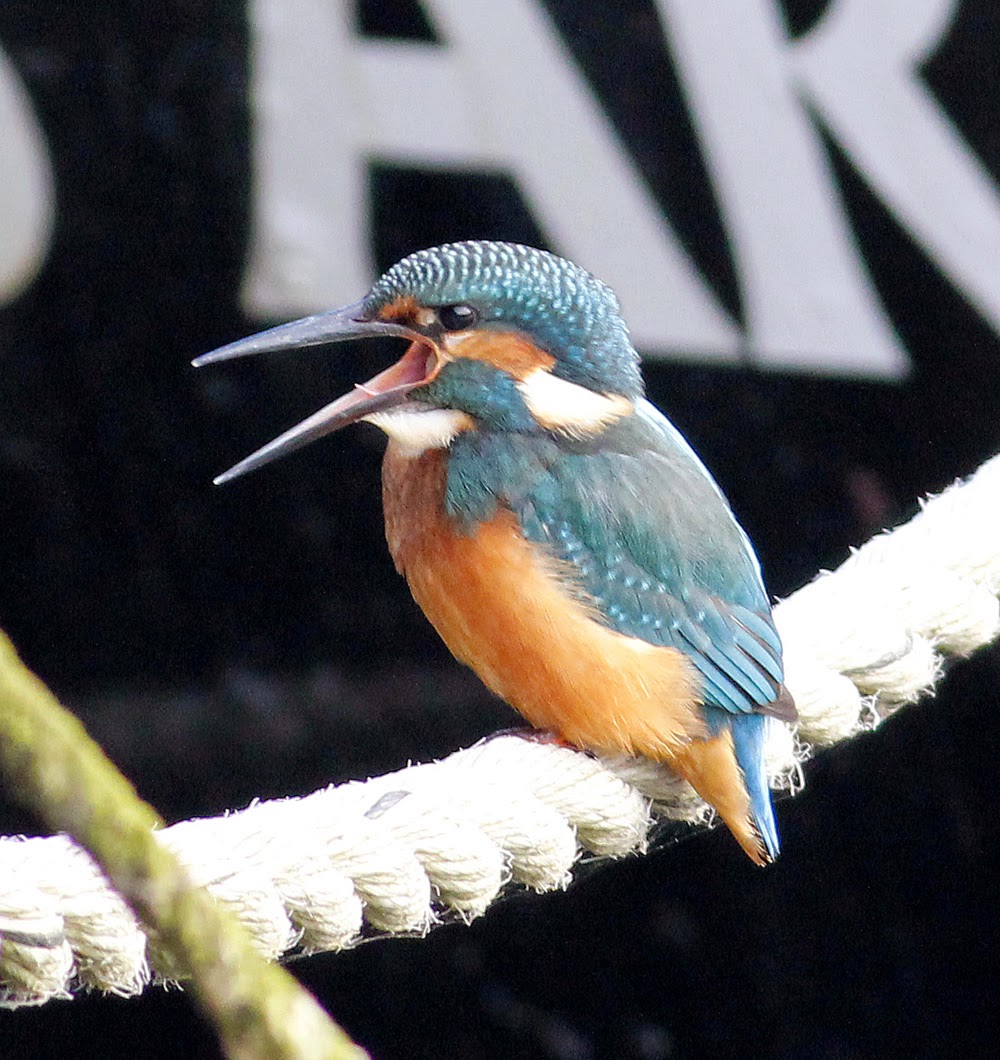Just lately Glasson Dock has been more bird productive than the “hotspot” of Conder Green where the dry weather and resulting low water levels have conspired to reduce bird numbers.
So this morning I “did” Glasson first only later venturing to CG. I was pleased I did after spotting two Kingfishers having a territorial ding-dong, one chasing the other across the water in all directions until peace was restored. Winning such a productive fishing spot as Glasson Dock is a good prize for a Kingfisher.
Kingfisher
The Kingfishers weren't the only birds looking for breakfast. Great Crested Grebes come and go from the saline estuary for a change of diet in the fresh water dock and yacht basin, their visits usually confined to single birds. Single pairs do sometimes breed in the yacht basin but not this year.
This wasn’t the same bird as a week ago, this one much shyer and less approachable.
In the second picture below the grebe’s huge, ungainly foot with lobed toes is visible. Each toe is separate on the foot (the opposite of this is webbed feet, as in ducks and geese). Some grebes find it difficult to walk on land because their feet are so big, and are much better at swimming and diving in water.
Great Crested Grebe
Great Crested Grebe
There have been a few strangers with cameras lately, twitchers hoping to see Otters, or “supposed otters” as one person advised me today. After taking umbrage at that comment I failed to advise him that wearing a bright blue shirt, white shorts and a large white hat is probably not the best way to see shy creatures like Otters.
I didn’t see Otters either. There were 2 Common Terns which flew in from the estuary and began to use the distant pontoons as a base from which to launch periodic flights over the water, hoping to mop-up any leftovers from the gulls. There was a single Grey Wagtail again, 6 Pied Wagtails and 4 Tufted Duck.
Lesser Black-backed Gull
Along the canal towpath were 8/10 Swallows, 5 Sedge Warbler, 4 Reed Warbler, 1 Blackcap plus several Goldfinch and Linnet.
Swallow
I came across an Emperor Dragonfly Anax imperator, a female laying eggs in the surface weed. It’s not the best photograph probably because I had to use a 400mm.
Emperor Dragonfly Anax imperator
Eventually I found myself at Conder Green where a “birder” was leaving the public view point which overlooks the pool and creeks. He got into a grey coloured Citroen Picasso and drove off. Only then did I realise the true purpose of the visit as not bird watching but to deposit his nasty business. There truly are some despicable and disgusting people on Earth.
As you were with waders and herons: 10 Common Sandpiper, 1 Spotted Redshank, 1 Greenshank, 1 Black-tailed Godwit, 15 Oystercatcher, 3 Grey Heron and 2 Little Egret.
The Oystercatchers are still making lots of noise as they go through their ritual flying displays, in close formation up to six in the air at a time, despite their breeding season being over..
Oystercatcher
Two Reed Bunting and a single Chiffchaff in song plus two parties of Whitethroats which totalled 11 individuals in all.
Log in soon for more majestic birding from Another Bird Blog.
Linking today to Anni's birding Blog and Eileen's Saturday Blog.
Linking today to Anni's birding Blog and Eileen's Saturday Blog.


















































































